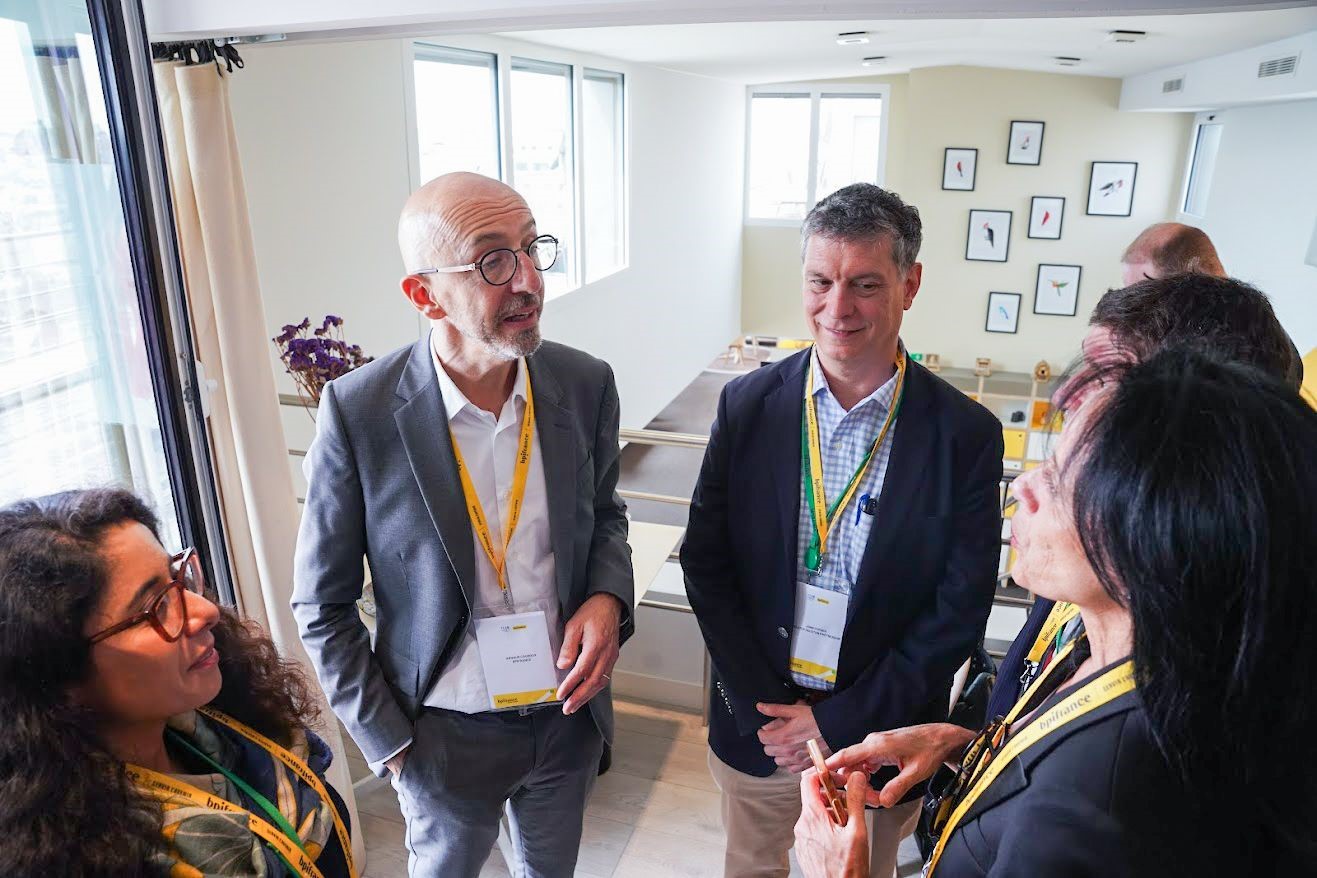Galveston Projects Represent Hospitality Renaissance
Published Feb 20, 2023 by Taylor Tatum
With hotel occupancy still 4.1% below pre-pandemic levels, the greater Houston area’s hospitality and tourism sector continues to recover its footing from the COVID-19 pandemic. One thriving part of the metro market is Galveston, which is experiencing its own kind of renaissance with multiple new hotel and condominium developments breaking ground or opening within the year.
Joining this new roster of developments is Tiara on the Beach, a 10-story condominium building inspired by the luxury beachside residences and resorts of Miami. Working with architecture firm Place Designers, developer Satya is looking to capitalize on the demand for coastal properties that has increased post-pandemic, with Tiara on the Beach set to break ground in late 2023. Located on Galveston’s West End, prices for the 63 residences available will run upwards of $1 million, with sizes ranging from 1,661 to 4,035 square feet. Amenities will include floor-to-ceiling windows, a 24/7 concierge, private wine storage and a wine tasting lounge, and other resort-style features, including an activities coordinator, fitness classes, dog walking, and housekeeping services. Construction is estimated to take 24 to 30 months.
Not far away, Galveston’s East Beach area is getting a new full-service, resort style hotel that will be comprised of 14 stories and 334 rooms. As part of a joint venture between RREAF Holdings and Innisfree Hotels, the project will be Galveston’s 58th hotel and feature a pool deck, restaurant, family entertainment center, and conference center. Construction started in late February of this year and is estimated to be completed in January 2025. Galveston Park Board CEO Kelly de Schaun said she is looking forward to the project and what it will mean for Galveston’s recovering hospitality business.
Galveston’s Bolivar Beach Club meanwhile will be unveiling its months-long transformation into Camp Margaritaville RV Resort Crystal Beach this November and is being touted as the “perfect beachside camping destination” by developers. Located off Highway 87 near the Crystal Beach Community Golf Course, the resort’s upgrades include a beachside concert and entertainment venue, a Texas-sized pool with a swim-up bar and 60 private poolside cabanas, a large turf playing field, and direct access to 27 miles of Texas beaches. RV accommodations include large concrete pads, high-speed Wi-Fi, branded food and beverage offerings, and full electric, water, and sewage hookups for all RV types. A Fins Bar & Grill and License to Chill Bar will round out the RV resort’s extensive list of amenities.
Set to open this spring, Hotel Lucine near Stewart Beach is a 61-room hotel that will feature private beachfront relaxation and an interior courtyard pool. Originally built in the 1960s as the Treasure Isle Motel, and later the Pearl Inn, Hotel Lucine will pay homage to its mid-century roots through its décor, with natural light, greenery, and warm tones setting the stage for the ultimate beachside getaway. Owned by Dave Jacoby, Keath Jacoby, and Robert Marcus, this boutique hotel project will be a must-visit for foodies everywhere, with its rooftop bar, Den Bar and Restaurant, and The Fancy – an American “fine-ish” dining experience led by executive chef Leila Ortiz. Hotel Lucine will also boast Justin Yu and Bobby Heugel as food and beverage partners.
To learn more about Galveston and other counties in the Greater Houston Area, click here.
 The Houston Report
The Houston Report



















